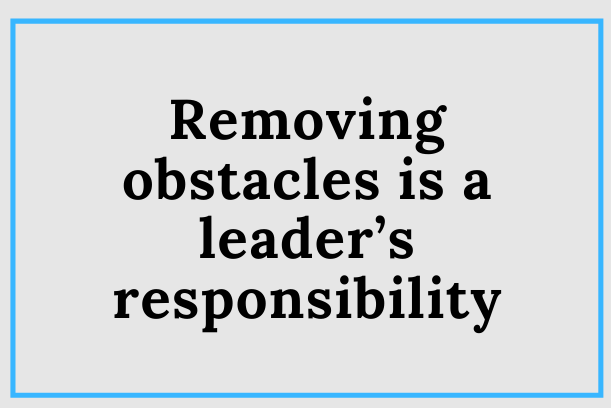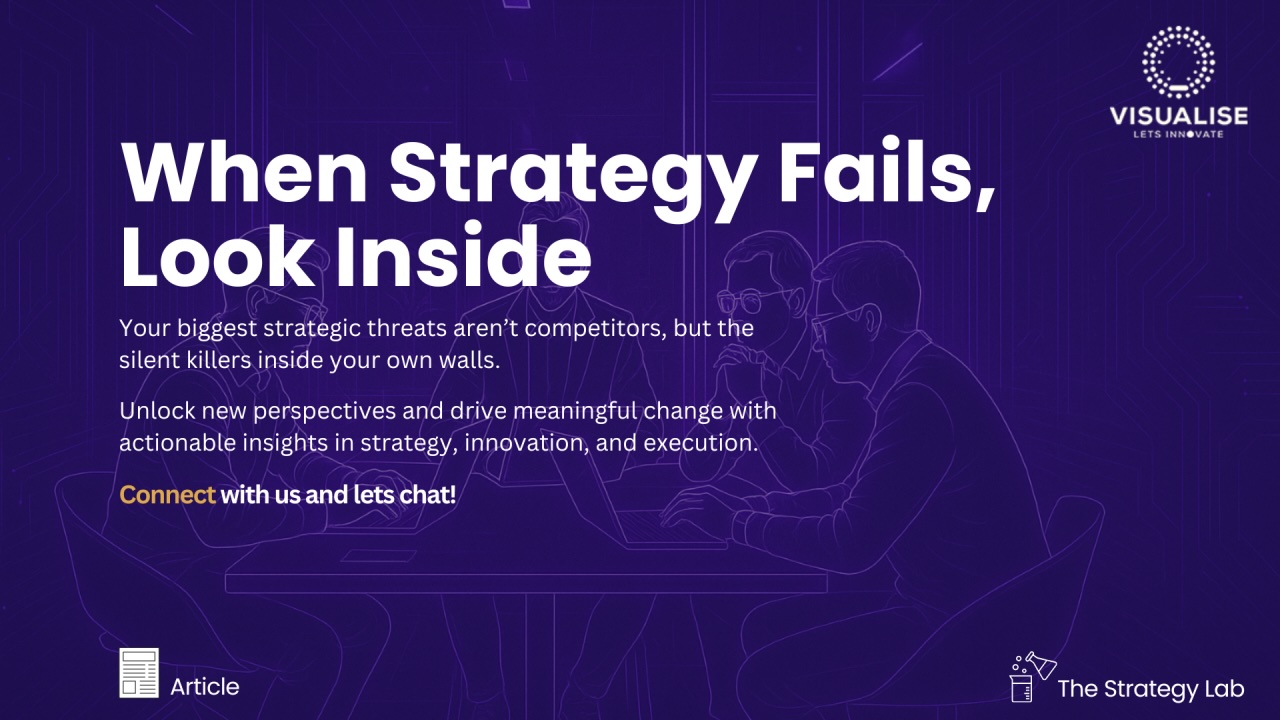Feb08

Today is a talent-first era. COURAGE is the key to employing the right individual for the correct position.
Hiring only by presentation or word of mouth can jeopardize your business operations. What’s even worse is how the pandemic has changed the American workforce landscape leading to a labor shortage.
Businesses are worried about an insufficient supply to accomplish the work, whereas the demand is hugely increasing.
So, how is it possible for leaders to survive and even thrive at this time? Here is how you can navigate the challenges and keep going using courage.
Let’s face it; recruiting professionals often hire candidates with the best presentation, not on performance-basis. There needs to be a hiring system to recruit competent employees. This is possible only when you are seeing fewer but stronger potential candidates versus a herd of candidates along with having defined realistic hiring criteria. This is defined as a Performance-based system.
Performance-based hiring is now more critical than ever given the shortage of workers in almost every industry. Due to the shortage, you are already faced with making several difficult decisions in all aspects of the business. But the biggest leadership priority right now is preserving and hiring the right talent to keep sailing through the ups and downs of your company operations.
Say no to small talks, and create robust hiring structures.
It may seem understated to say that within coal there is a diamond however there is an opportunity to turn the labor crisis into an opportunity to find suitable employees and level up your operations. Think of it as disasters — five pandemics colliding — Covid, economy, social justice, mental health, and environment, providing you with an opportunity to clean house, keeping and hiring the cream of the crop. The idea is to hire based on capabilities and potential and not fall for emotional biases and superficial ingredients. Use your courage and analytical skills to determine the right fit and achieve your short and long-term business goals.
Your company needs initiators, risk-takers, and talented people. But it is also important to have the correct balance and excellent balancing of these types in teams. It enables you to unlock the possibilities with a well-balanced, complex, and connected team to enrich the company culture. You can measure the first impressions at the end of the interview to minimize preconceptions and narrow assessments without hindering your hiring experiences.
Manage expectations by having a general guide of goals and expected outcomes. Do not restrict the kind of applications you receive. Holding on to a rigid perfection model will only end in frustration and worse, blind you by locking out innovation and creative problem-solving coming from a new hiring pool. You can get rigid with your objectives. But it is best to remain flexible in how you wish to achieve them.
Realistic expectations help foster a happy, healthy, and productive workforce.
Have the courage to hire based on accomplishments, not just the depth of skills or simply the first impression. Assess the potential candidate’s team contributions as well as individual contributions in previous organizations. It is also important to have a diverse interviewee population, and more than one person conducting the interview at the same time to support rich feedback.
To create a future-ready workforce, attracting new and dependable hires is essential. They must also be technically competent and have motivation, teamwork, organizational, and problem-solving skills. But during the hiring process, we often forget the folks who stay and are already equipped with the right skill set.
Address worker shortages by retaining your star talent. Involve them in the hiring process.
Have the courage to reward star talent in a way that is meaningful to each individual, for example, involve them in the hiring/interviewing process.
Think through their needs. Listen to them. Recognize and appreciate their contributions. Give them sufficient opportunities to make them feel important.
There is a possibility that all the skills you’re looking for in new hires already exist in your current workforce. Having the courage to make time to help them fly once again will be critical to the ongoing employment culture of the organization. This need not be time intensive, using the strategy of Microcourage™ will go a long way.
There may be a shortage of talent in some industries; we don’t deny that. But how do you explain the fact that a top-rated company like Google or probably your competitor receives tons of applications every year for numerous positions? Where so many businesses face talent shortages in the current times, a firm like Google is probably facing a talent sorting problem.
A labor shortage might arise if you don’t create a workplace that attracts candidates and retains existing employees.
Take recruiting like fishing. Often, great anglers continually keep reeling in the most desirable fish, whereas others complain about the lack of fish. The real problem sometimes is about the bait you use and where you fish. Shifting back to business, if you or the recruiting staff feel there’s a lack of talent, tweak your strategies. Maintain and highlight positive company culture, showcase job benefits, and improve the onboarding experience.
There may be a labor shortage, but not a skills shortage if you recruit strategically.
Here’s a quick question to trigger systems thinking related to recruiting — how many qualified tech professionals, for example, stay or live within 50 miles of your business? Your answer might be zero or probably very few if there’s a supply shortage. But the reality is there are many techies nearby, some working for competitors, some shifting careers because they aren’t getting the right opportunities.
Coming back to the fishing analogy, if you’re courageous enough to cast the right bait at the precise location, you can mitigate your shortage of prospects. If you want a surplus of the right talent, start fishing in the right lake, with up-to-date equipment, and attractive baits.
Have the courage to think outside of the box to solve for “x” and not “y” — the “attraction” problem instead of focusing on the “shortage” issues to draw enough talent. Embrace flexibility, rethink location, and change the way you measure success.
When you have leadership courage, you deal with problems, people, and situations head-on without appearing intimidated or intimidating.
As a modern-day leader, you cannot simply sit with the labor shortage problem. Have the courage to change the tide with passion and perseverance and drive innovations.
Courage is a must-have trait for modern-day leaders to create connected workplaces. Couple courage with grace and create a hospitable successful environment for all.
To conclude, demonstrating courage isn’t always about winning. It’s about being honest, open, and direct with your actions to get into the game and try new things, understanding shortcomings and where you can make everything great again…
— CB Bowman-Ottomanelli, MCEC, CMC, CVP, CVF — Speaker, Facilitator, Author
By CB Bowman
Keywords: Culture, Future of Work, Leadership
 Are You Setting The Direction?
Are You Setting The Direction? There Seems to be Some Confusion: Exit vs Succession
There Seems to be Some Confusion: Exit vs Succession  When Strategy Fails, Look Inside
When Strategy Fails, Look Inside The Modular Ascent: Integrating Gemini 3, V-JEPA, and World Models for Aviation AGI
The Modular Ascent: Integrating Gemini 3, V-JEPA, and World Models for Aviation AGI Mark Lynd's 2026 Cybersecurity Predictions
Mark Lynd's 2026 Cybersecurity Predictions